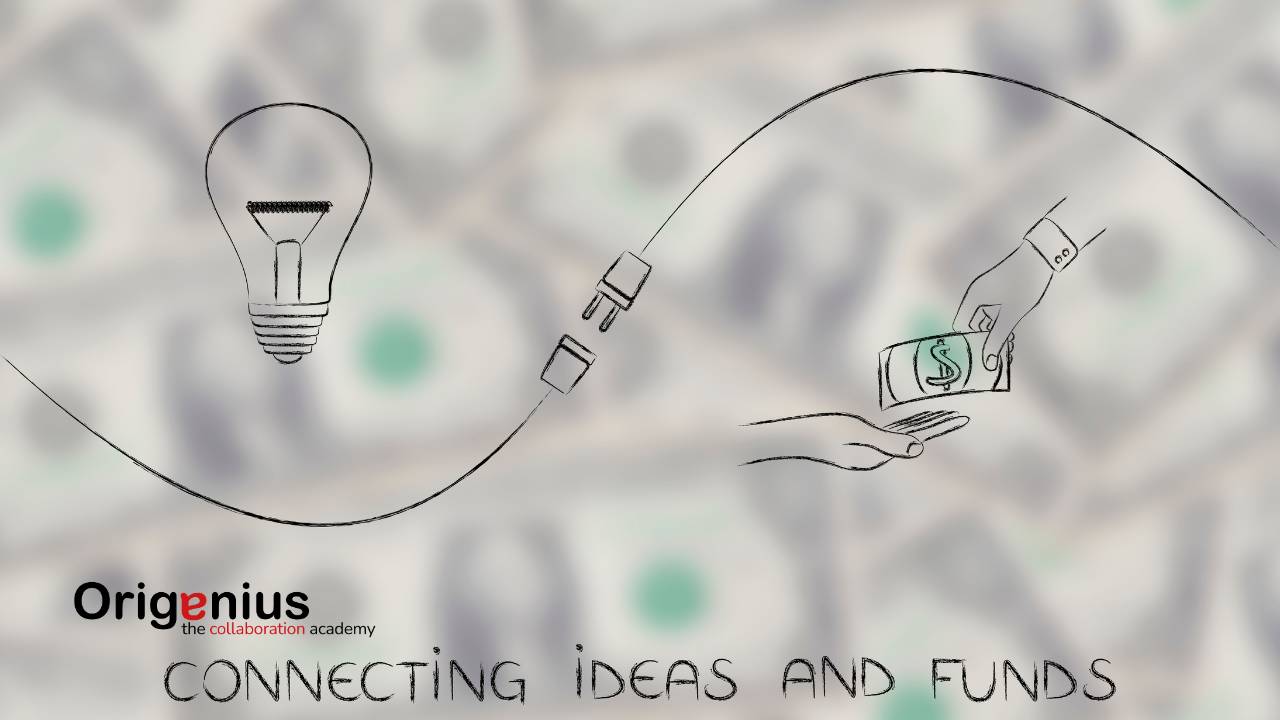The Paradox of Innovation: Conforming to Funding or Trusting the Idea?

In the thrilling ecosystem of innovation, project meetings often feel like explorations in an uncharted landscape. Every direction you gaze at offers a potential path towards the realization of an ambitious vision. During one such recent meeting, I encountered a paradox that I believe is at the heart of many innovation projects: The Catch-22 of project funding versus project viability.
Our project meeting began, as most do, on a note of optimism. We had an exciting new concept – simple, elegant, and most importantly, innovative. Our mission was to bring this idea to life, to offer the world a solution that it didn't know it needed. Yet, a cloud of uncertainty loomed above us: The mismatch between our innovative idea and the technical requirements of our prospective funding program.
The public funding authority, in their wisdom and bound by legal frameworks, had laid down an interesting challenge: They sought to fund projects that offered technically more challenging concepts. Our idea, although innovative, was not technically complex enough. What happened next was a classic case of contorting an idea to meet external demands. Our idea owner, fearing the loss of potential funding, began imagining ways to make our original idea technically more challenging.
Lucky for us, it was possible. But was it truly a stroke of luck?
Conforming the funding
Yes, our project now had a higher chance of receiving funding. Yes, we had a new level of complexity that could potentially impress our stakeholders. But with this complexity came an increased risk of failure, and a more challenging path to a successful prototype.
What once was a straightforward path to an implementable solution had turned into an obstacle course of technical challenges, where the end goal seemed increasingly elusive. There was now a possibility that we would end up with a research prototype that, while impressive in its complexity, failed to solve the problem it was initially intended to address.
Moreover, the complexity of the revised prototype could become a significant barrier to adoption. The simplicity and elegance of our original idea – characteristics that could have ensured rapid adoption – were now at risk of being lost in the labyrinth of technicalities.
Trusting the idea
So, here's my advice to all innovators out there: Do not tailor your ideas to fit the mold of funding channels. Instead, focus on nurturing your ideas into great ideas and then look for appropriate funding. While this approach may seem more challenging initially, it keeps the integrity of your idea intact and significantly increases the likelihood of creating a viable, market-ready solution.
Experience has shown us that great ideas have a magnetic pull. They attract the right people, the right opportunities, and yes, the right funding. We need to trust our ideas, nurture them, and allow them to grow in their natural direction.
Innovation is not about finding the easiest path to funding, but about finding the most meaningful solution to a problem. It's about staying true to the spirit of your idea, however simple or complex it may be. Remember, funding is a means to an end, not the end itself.
So let's build for innovation, not just for funding. Because at the end of the day, it's not the complexity that makes an idea successful, it's the impact it has on the world that truly counts.
Are you an innovator looking to stay true to the authenticity of your ideas? Join our community of like-minded innovators and discover strategies for navigating the innovation paradox.
Book a meeting with us today to learn more about how we can support you in nurturing and developing your ideas while finding the right funding opportunities to bring them to life.


